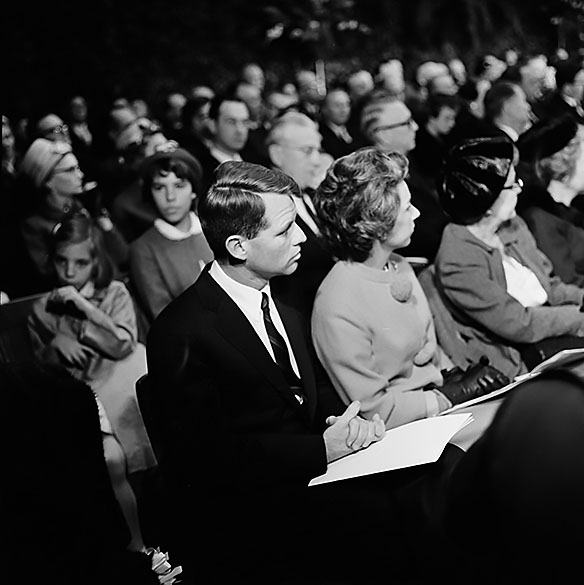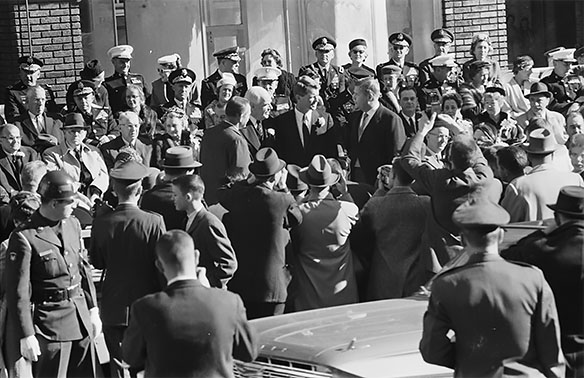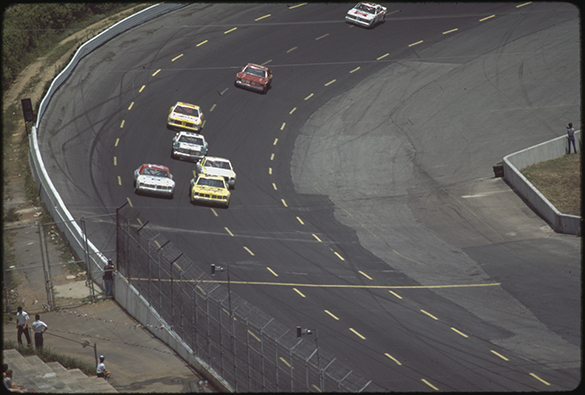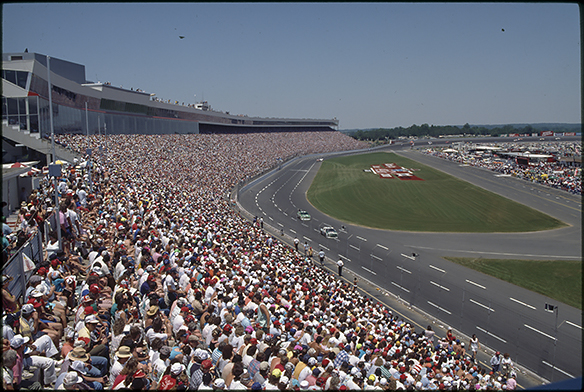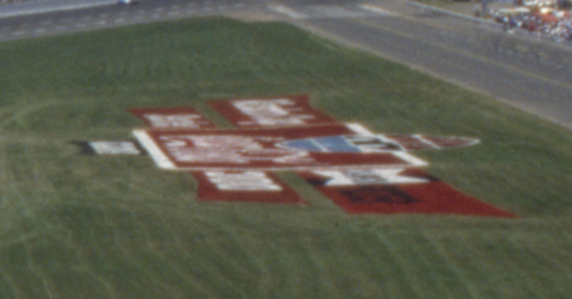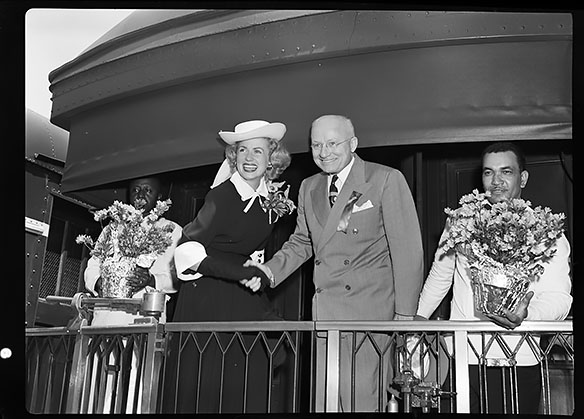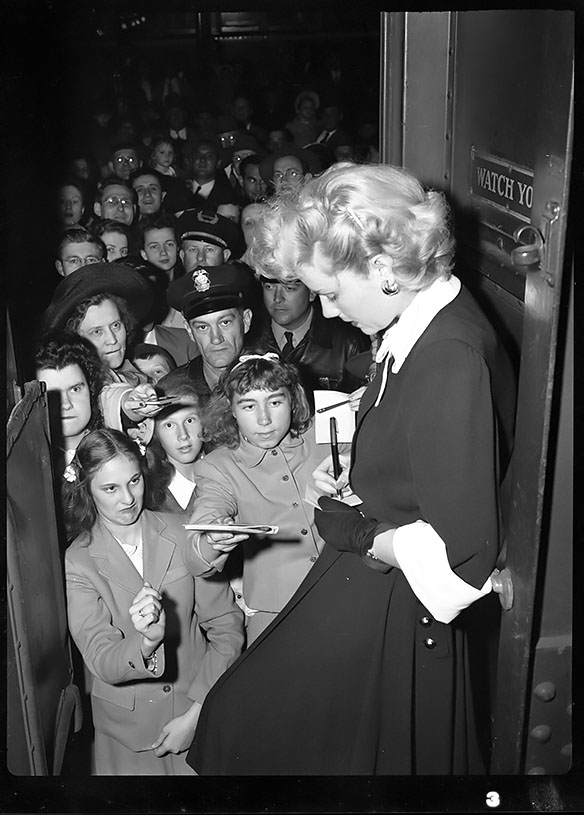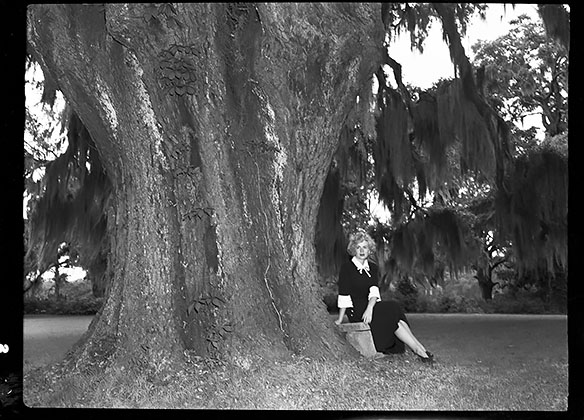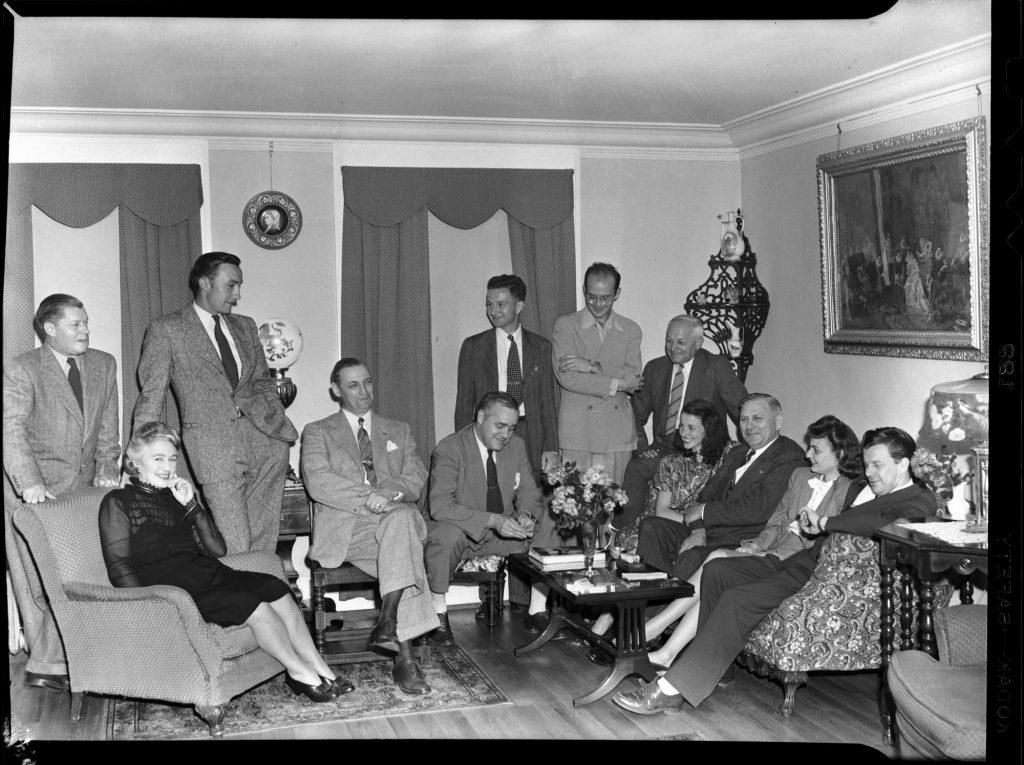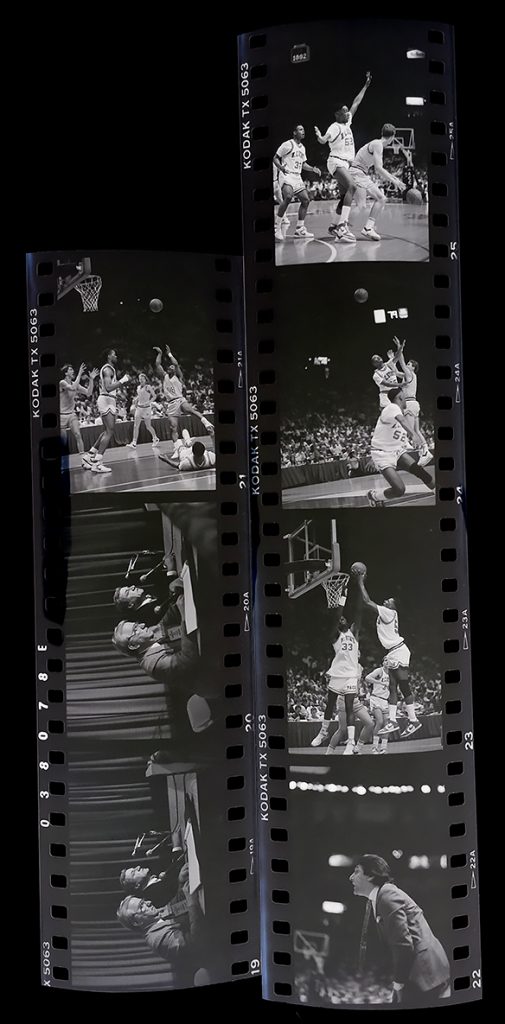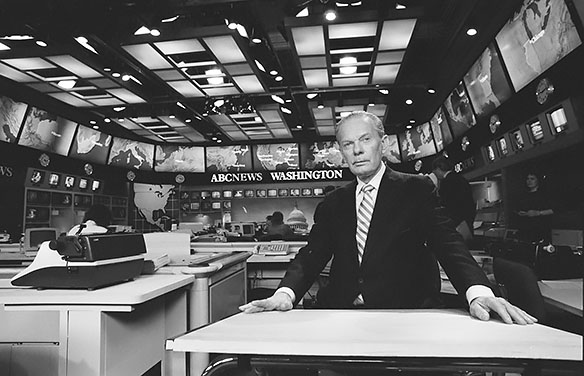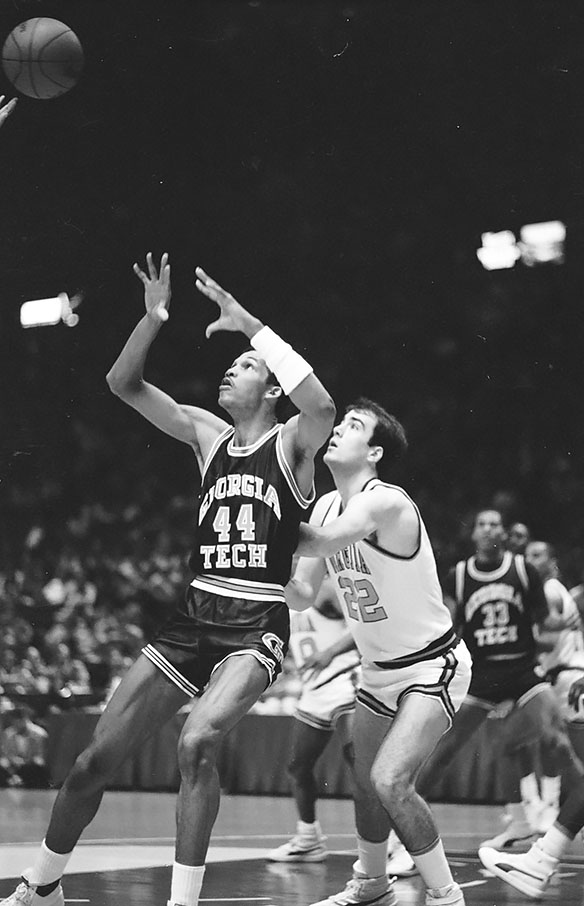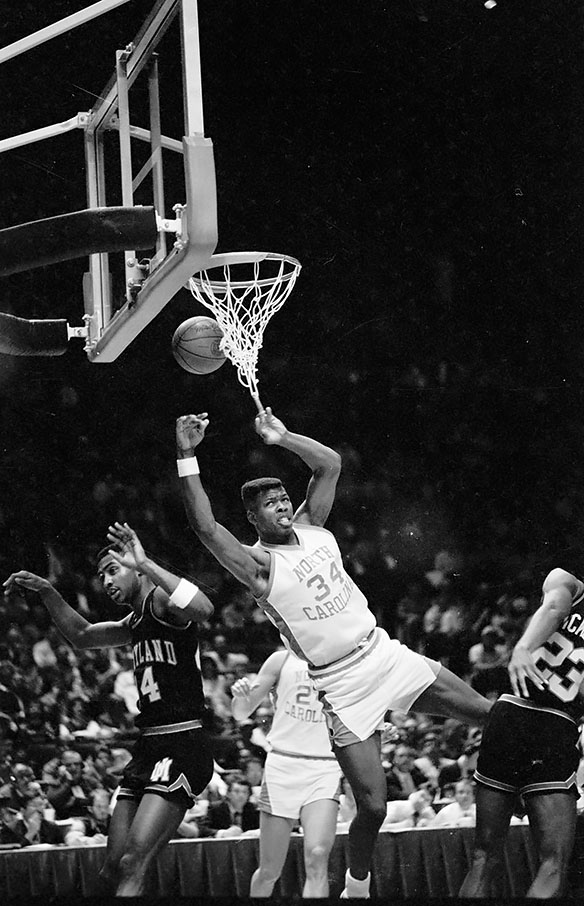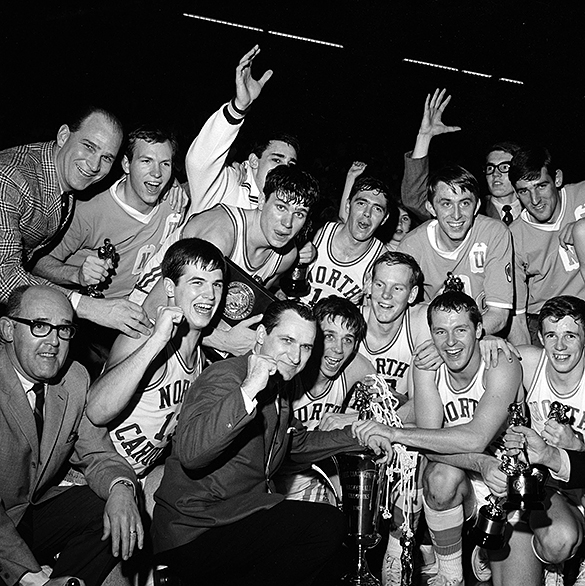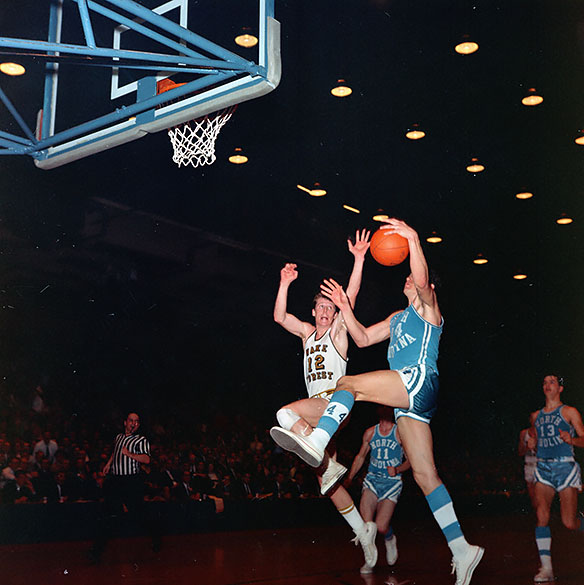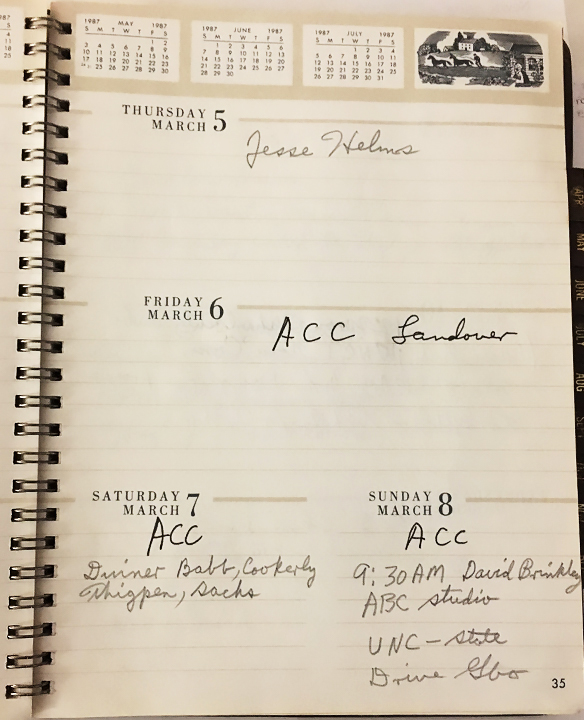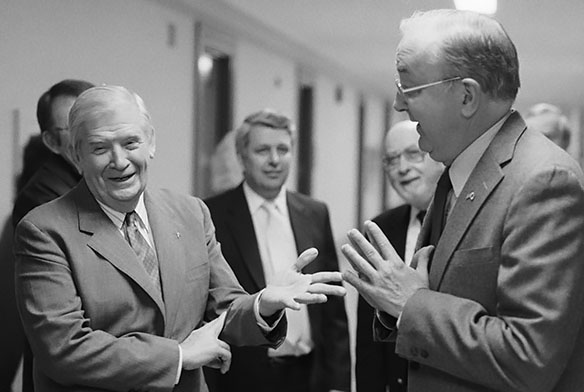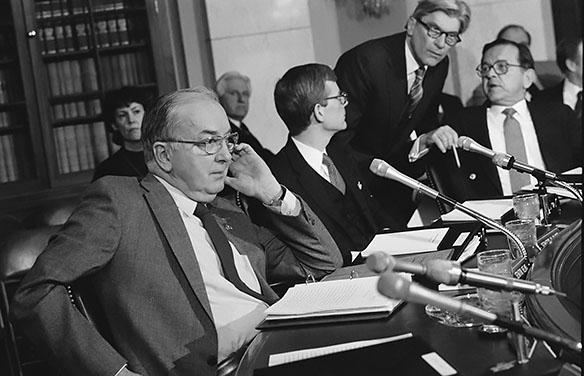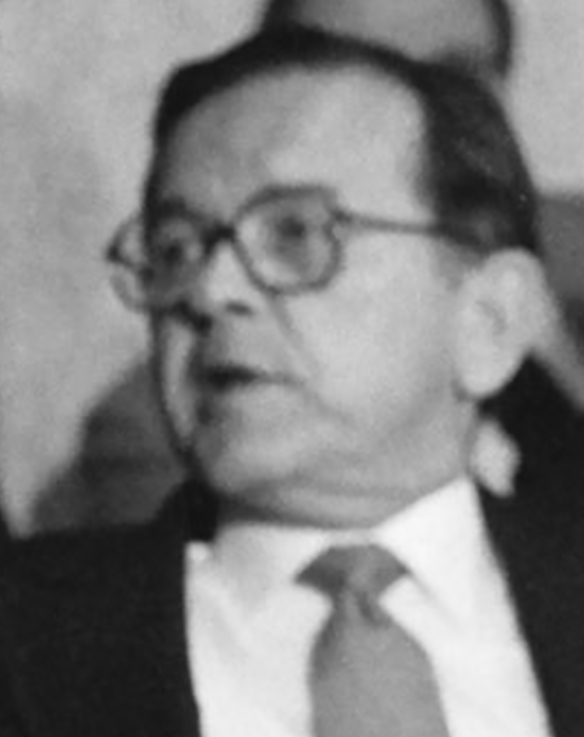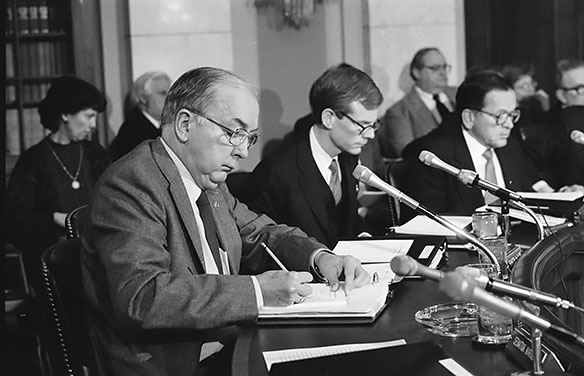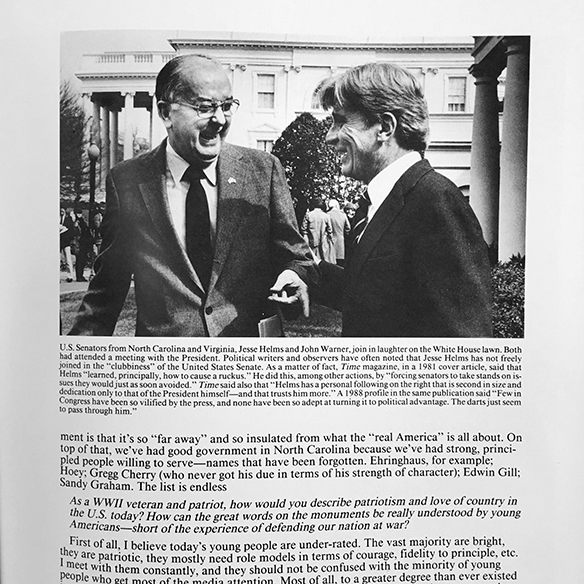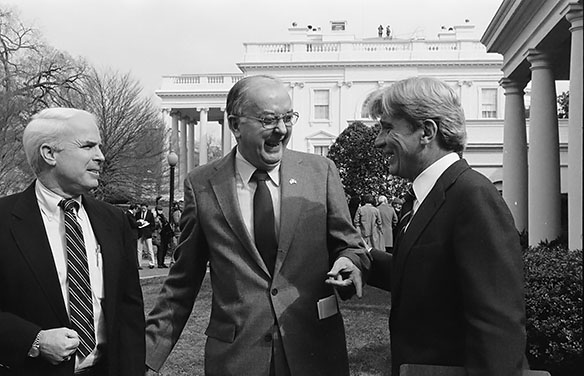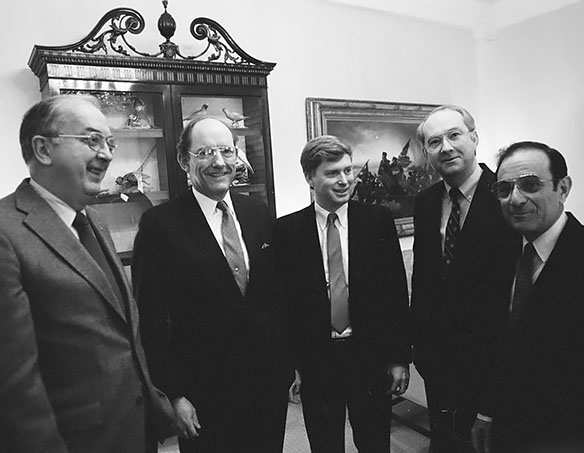On June 24, 2018, the ninety-fourth “Singing on the Mountain” will take place at MacRae Meadows at the foot of Grandfather Mountain. This all-day gospel sing and fellowship goes back to 1925 when members of the Linville Methodist Church decided to have a Sunday picnic in this special western North Carolina location. One hundred and fifty people attended that first gathering. From that small beginning, the annual event has grown into the largest annual religious singing convention in the mountains of the South, and over the years many famous speakers and singers have participated.
To celebrate this year’s anniversary, I (unexpectedly!) teamed up with Morton collection volunteer Jack Hilliard to look back forty-four years to the Singing’s fiftieth celebration when Johnny Cash and his wife June Carter Cash were featured guests along with a few other celebrities.
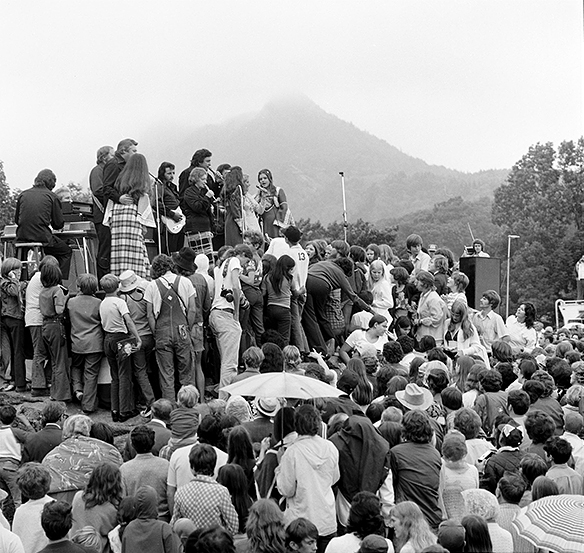
On their way to the fiftieth annual “Singing on the Mountain” at Grandfather Mountain, Johnny Cash and family staged a concert at Greensboro’s War Memorial Auditorium on Saturday night, June 22, 1974. According to the Greensboro Daily News, the show’s line-up comprised Johnny Cash, June Carter Cash, The Carter Family, the Cash daughters, and Carl Perkins, plus Johnny Cash’s backing band The Tennessee Three.
The Cash troupe then went on to Grandfather Mountain where it was cold, cloudy, and misty. The weather didn’t seem to keep anyone away: an estimated crowd of more than 60,000 turned out for the day, which began at 9:00 Sunday morning. By mid-morning the North Carolina Highway Patrol halted all traffic into the area from the Blue Ridge Parkway because attendees had taken all of the parking spaces within three miles of MacRea Meadows.
Another one of the featured guests for the 1974 Singing was Bob Hope. He, too, performed the previous evening as the debut performance for the new Asheville Civic Center. It was the silver anniversary of his performance at the Asheville City Center to a crowd of 1,500 on April 24, 1949. Joining Hope back then was “freckle-faced singer” Doris Day, who launched her film career the previous year; comedienne Irene Ryan, who appeared with Hope during his military tours and would become better known several years later for her role as Granny on The Beverly Hillbillies; the tumblers Titan Duo, and a local performer, “Skeeter” Byrant (whose findagrave.com entry currently displays a photograph of her on stage with Hope). Hope was then on a fifteen-state, twenty-city tour. Twenty-five years later, Hope drew an audience of 6,000 for his 1974 performance.
Many Sunday morning newspapers on June 23 published a Hugh Morton photograph of Bob Hope, North Carolina Governor James Holshouser (a native of nearby Boone), and General William C. Westmoreland (a South Carolinian with a summer home near Asheville) including the Greensboro Daily News seen below. Before Jack submitted his text for this post, the date of that photograph was believed to be June 1974, some time close to the Singing. Preparing this post, however, led to a new yet unknown “Morton Mystery.” For the story behind that photograph, made a year earlier in June 1973, see a twin blog post to this one titled, “When Hope and Holshouser golfed at Grandfather.”

Hope stated that his 1974 appearance at the Singing fulfilled a promise he had made to servicemen from North Carolina, Tennessee, and Virginia during his WWII troop entertainment days when he told them he would revisit their annual “homecoming in the hills” during peace time. As Hope walked off the temporary rock stage, the crowd shouted his theme song, “Thanks for the Memories.” Hope’s visit was also a reunion with Hugh Morton who had photographed Hope in the South Pacific during 1944 (and, as it turns out, in Linville at Grandfather Golf and Country Club in 1973).
Also on the musical bill was Arthur Smith and his Crossroads Quartet making their twenty-seventh appearance at Singing and on this day he brought along George Hamilton IV. (A Hugh Morton photograph of Hamilton performing with Smith exists, but the actual date is uncertain.)
At 1:00 p.m., North Carolina Governor Jim Holshouser delivered the key note address. His message was simple: “For fifty years now people have gathered here to sing and have fun but, maybe most of all, to experience that feeling of getting up here in the mountains and getting close to God.”

Then at 1:30, it was time for Johnny Cash, his wife June Carter Cash, and the Cash family singers with Mother Maybell Carter to take the stage. For two and a half hours they entertained and inspired the assembled crowd. “I Walk the Line,” “Folsom Prison,” and “The Orange Blossom Special,” just to name a few tunes that had the crowd shouting for more. At one point, Johnny looked out over the huge crowd and marveled at how they stayed through the unfavorable weather. He then turned to guitarist Carl Perkins and said, “My kind of people.”
Later Cash talked a bit about the fiftieth anniversary of the gathering and then told the crowd that it was his wife’s birthday. The crowd went wild. And in the crowd was Hugh Morton’s wife Julia, who immediately started planning a birthday party.
Following the performance, Cash was interviewed and said: “I enjoyed this day more than any concert in years. First, because of such a cross section of America out there. All ages, all walks of life. It was good for me as an entertainer to give my time, especially to such an audience.”

The birthday party on the deck at the Morton’s home on Grandfather Mountain Lake proved to be a fun evening with all the Cash family, the band, and many of Morton’s friends like Arthur Smith and his Crackerjacks. Ten years later, Johnny Cash’s daughter Rosanne Cash recalled the Grandfather Mountain party as one of the happiest outings the Johnny Cash family ever had. According to Morton, “Johnny Cash became enthralled by hummingbirds coming to the deck feeder. Rarely have the tiny birds been so bold, flying within inches of Cash’s head as he sat on the deck railing.” Cash also seemed to enjoy the bear habitat at Grandfather Mountain. Morton made five exposures of him feeding the bears.

One of Hugh Morton’s often reproduced pictures is the one showing Johnny Cash holding the United States flag and in 1988 Morton told the story behind the famous image.
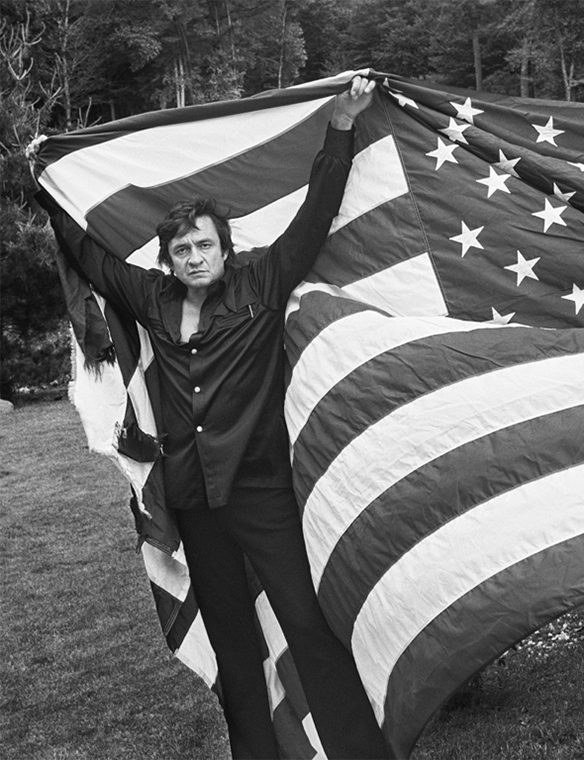
“As Johnny Cash and I were walking across the Swinging Bridge, he asked, ‘How many flags does the wind destroy each year at Grandfather Mountain?’ When I told him several, he said, ‘I do a recitation of a poem I wrote called That Ragged Old Flag, and I’d love to have the most ragged Grandfather Mountain flag you’ve got.’ Cash has it, and we are mighty pleased he asked.”
Morton used the famous photograph as the title page to the “people” section of his 2006 book, Hugh Morton: North Carolina Photographer.
Post script
A quick pic made from Hugh Morton’s executive planner for Sunday, June 23, 1974:
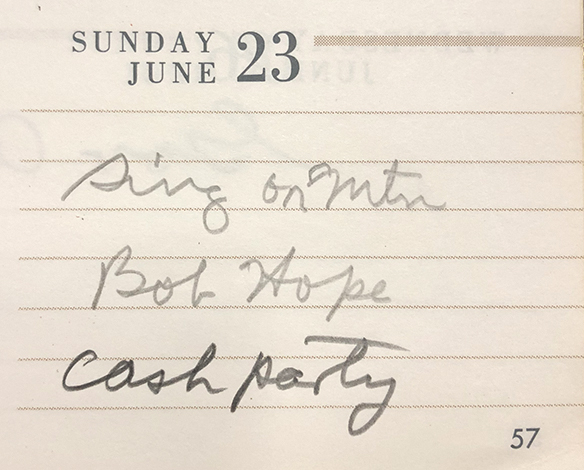
There are no entries for Saturday; “Cash party” is written in a darker pencil than “Sing on Mtn” and “Bob Hope” so Morton probably wrote it at a different time.
As mentioned in the above story, Bob Hope was the debut performance at the brand new Asheville Civic Center on June 22, the evening before the 1974 Singing. What was that venue’s second act? The Johnny Cash Band on Monday, June 24.

